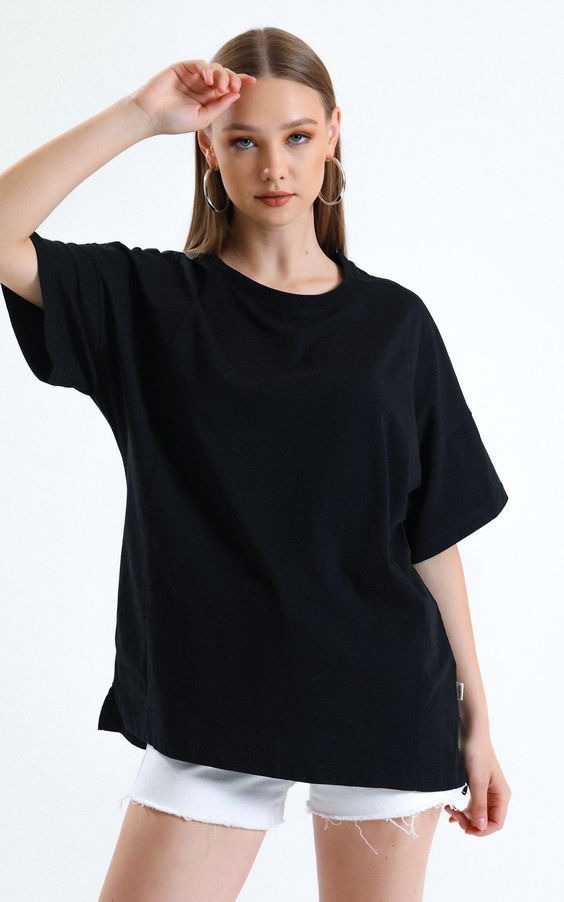Blog
Fashion as a Mirror of Society: A Deep Dive into Style, Culture, and Identity

Fashion, often misunderstood as a fleeting preoccupation with clothes and trends, is in fact one of the most powerful and enduring forces shaping human experience. It is a mirror reflecting the nuances of culture, a tool for self-expression, and a stage on which the politics of identity, class, gender, and history play out. As society becomes increasingly globalized, digitized, and introspective, fashion is no longer confined to seasonal collections or glossy magazines. It has emerged as a dynamic and complex system—an evolving language that speaks to our values, anxieties, and aspirations. To understand fashion today is to understand how we view ourselves and our place in the world. This essay explores fashion’s historical roots, its cultural significance, its relationship with technology, its ethical dimensions, and its profound psychological impact, revealing it to be not just an industry but a living archive of human thought and behavior.
The roots of fashion can be traced back to the earliest civilizations, where clothing was not only functional but symbolic. Ancient Egyptians, Romans, Greeks, and Chinese dynasties used garments to denote social class, religious status, or political power. Colors, patterns, materials, and even the way clothing was fastened carried deep meanings. Royalty was marked by rare fabrics like silk and specific dyes like purple, while laborers wore simple tunics made of coarse materials. These distinctions persisted throughout the centuries, with fashion becoming increasingly codified by laws, etiquette, and tradition. The Renaissance period in Europe saw the emergence of fashion as an art form, with nobles commissioning elaborate garments to reflect wealth, taste, and status. Over time, fashion began to absorb the aesthetics of different art movements—from the ornate Baroque to the minimalist Bauhaus—turning clothing into a canvas of cultural expression.
The Industrial Revolution marked a turning point in fashion history. Mass production, standardized sizing, and the rise of department stores democratized access to clothing, making fashion more accessible to the middle and working classes. This shift also gave birth to the modern fashion industry, with designers emerging as creative leaders and trendsetters. Paris, London, Milan, and New York became global fashion capitals, home to influential couturiers and the birthplace of iconic styles. As fashion evolved, it began to respond more directly to social and political changes. The flapper dresses of the 1920s symbolized women’s liberation and the jazz age, while the power suits of the 1980s mirrored the rise of women in corporate spaces. Clothing became a form of resistance and rebellion, a way for individuals and communities to express dissent or solidarity.
Culturally, fashion has always been intertwined with identity. In every society, what people wear signals who they are, who they want to be, and how they relate to others. Fashion can affirm cultural heritage or challenge it; it can conform to norms or break them. For marginalized groups, fashion has served both as a shield and a sword—a way to navigate societal expectations while asserting dignity and creativity. Consider the significance of traditional garments like the kimono, sari, or dashiki. These are not just clothes; they are symbols of history, lineage, and pride. At the same time, the global fashion scene often appropriates these styles without understanding or respecting their cultural significance, raising important ethical questions about authenticity and exploitation.
The twenty-first century has seen an explosion of diversity in fashion. With the advent of the internet, social media, and global travel, style has become more inclusive and eclectic. People mix vintage with modern, high fashion with streetwear, East with West. Influencers from all backgrounds share their looks and opinions, creating a decentralized and democratic fashion landscape. This pluralism has challenged old hierarchies of taste and beauty, paving the way for broader representation. Runways now feature models of different sizes, ages, races, and gender identities. Designers are engaging with themes of identity, heritage, and activism, crafting collections that tell stories of struggle, resilience, and transformation.
Technology has played a central role in reshaping fashion. Digital design tools allow for faster prototyping and more innovative forms of expression. Fabric technology has led to garments that are more durable, breathable, and functional. Smart clothing can now monitor health metrics, change color, or respond to environmental changes. Virtual reality and augmented reality have revolutionized the retail experience, enabling consumers to try on clothes virtually. Meanwhile, artificial intelligence is being used to predict trends, optimize supply chains, and personalize shopping experiences. Fashion has become both a consumer product and a tech frontier, blending creativity with data in unprecedented ways.
The environmental impact of fashion has emerged as one of the most urgent issues facing the industry. Fast fashion—a business model based on rapid production, low cost, and constant newness—has led to massive waste, pollution, and exploitation. Rivers have been dyed by chemical runoff, landfills are overflowing with discarded textiles, and garment workers in developing countries often toil in unsafe and underpaid conditions. In response, a growing movement toward sustainable and ethical fashion has taken root. Brands are adopting circular models, using organic or recycled materials, and ensuring transparency in their supply chains. Consumers are becoming more mindful, seeking out local designers, supporting slow fashion, and embracing second-hand shopping. Fashion is no longer just about what looks good, but about what does good.
Fashion’s psychological dimension is equally profound. Clothes affect how people feel, how they behave, and how they are perceived. Psychologists have studied the phenomenon of “enclothed cognition”—the idea that wearing certain types of clothing can influence cognitive performance and self-perception. A well-cut suit can make someone feel more confident; comfortable clothes can ease anxiety; wearing a favorite color can lift one’s mood. Fashion rituals—choosing an outfit, dressing up for an occasion, or donning cultural attire—can be powerful affirmations of identity and purpose. Moreover, fashion allows for role-playing and reinvention. It gives people the freedom to experiment, to step into different versions of themselves, to navigate life with both consistency and change.
Education and research in fashion have gained serious ground in recent decades. Universities offer degrees in fashion design, merchandising, history, and sustainability. Academic journals explore fashion’s intersection with sociology, anthropology, and politics. Exhibitions at institutions like the Metropolitan Museum of Art or the Victoria and Albert Museum showcase the artistic, historical, and cultural depth of fashion. These scholarly pursuits affirm fashion’s status as more than a commercial enterprise—it is a domain of intellectual inquiry, creative innovation, and cultural critique.
At its core, fashion is a shared human experience. From birth to death, from celebration to mourning, clothing is present at every milestone of life. It connects generations, records histories, and shapes futures. It is a source of pride and controversy, inspiration and anxiety. In every corner of the world, fashion tells stories—some loud, some quiet, but all meaningful. Whether one follows trends religiously or dresses with minimalist intention, each sartorial choice contributes to the ongoing narrative of who we are.
In conclusion, fashion is an intricate, dynamic, and deeply human phenomenon. It cannot be reduced to garments or brands, trends or seasons. It is a living dialogue between the self and society, the past and the future, the individual and the collective. As fashion continues to adapt to technological innovations, cultural shifts, and ecological imperatives, it will remain one of the most vital expressions of human creativity and consciousness. To study fashion is to study life itself—a rich tapestry woven with passion, purpose, and endless possibility

